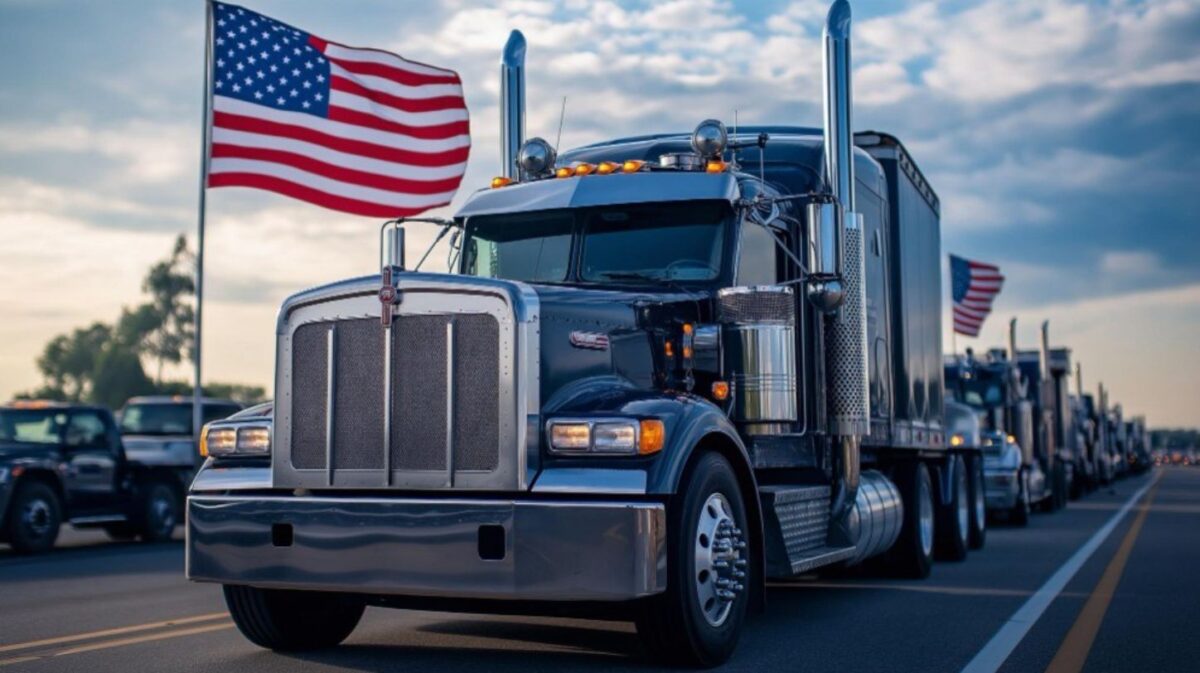Overview of US Business Logistics Costs
The logistics sector has hit a remarkable threshold, with costs soaring to a staggering $2.6 trillion in 2024, representing 8.7% of the national GDP. This increase is driven primarily by a surge in investments in artificial intelligence (AI) and automation, as businesses aim to enhance their supply chain performance amidst escalating operational challenges.
Key Findings from the 2025 State of Logistics Report
According to the 2025 State of Logistics report, compiled by the Council of Supply Chain Management Professionals (CSCMP) in collaboration with Kearney and supported by Penske Logistics, there are several crucial insights:
- Logistics expenses jumped by $300 billion compared to the previous year, yet the percentage of GDP remained unchanged, indicating that enhanced productivity and technology adoption have balanced the scale.
- A major factor in this growth is attributed to the rise of Commercio elettronico, with global online retail sales nearing $6.3 trillion, increasing the demand for efficient warehousing and expedited last-mile delivery solutions.
- A shift is being experienced in global trade dynamics, highlighted by Mexico overtaking China as the largest trading partner of the US, with bilateral trade reaching $840 billion, up by 6% year-on-year.
The Role of AI in Logistics Optimization
The report detailed how AI technologies are rapidly becoming crucial in optimizing freight networks, not just in the US but also across global logistics systems facing disruptions and volatility. The drive towards technology investment is viewed as a necessary solution to burgeoning pressures in the industry. As Korhan Acar, a partner at Kearney noted, the industry needs a rethinking of resilience—it must be integrated as a strategic priority within networks, decision-making, and technological frameworks.
Transforming Operational Efficiency
AI presents unprecedented capabilities in analyzing massive datasets, which translates into dynamic solutions for logistics challenges. The speed at which AI processes information allows for rapid adaptations, enhancing operational efficiency and fostering long-term resilience in supply chains.
Challenges Facing the Logistics Sector
Despite the upward trend in logistics costs, several challenges persist:
- Volume Pressures: The sector is encountering flat volumes and surplus truck capacities, which complicate the already tense environment of supply chain management.
- Cost Increases: Ongoing, persistent cost escalations affect logistics companies, impacting their operational strategies.
- Regulatory Complexities: The evolving landscape of trade regulations and geopolitical tensions also presents challenges that necessitate agile logistics strategies.
The Impact of E-commerce on Logistics Dynamics
The rise of e-commerce continues to be a transformative force. With the expectation of demand for agile warehousing and faster logistics response times, companies must adapt swiftly. Efficient consegna dell'ultimo miglio and effective air freight capacity are no longer luxuries but necessities to remain competitive.
Investment in Technology: The New Normal
The report underscores that supply chain leaders are progressively deploying advanced technologies such as:
- AI and Data Analytics: Leveraging insights from data to sharpen operational strategies.
- Robotics: Enhancing efficiency in warehouse operations.
- Automazione: Smoothing processes to mitigate workforce limitations.
Long-term Strategies for Resilience
Businesses are encouraged to view technology investments not merely as short-term solutions but as long-term strategies that support sustainable growth. This pivot towards resilience is not just an option but a pressing necessity in current logistics operations.
The Growing Relevance of Third-party Logistics Providers
The need for efficient logistics has propelled the role of third-party logistics providers (3PLs) into the spotlight. As complexity rises with shifting trade regulations and freight rate volatilities, these providers are becoming indispensable for navigating the intricacies of modern supply chains. Their adaptability allows businesses to meet market demands effectively.
Industry Events and Networking Opportunities
To stay connected with industry advancements, events such as the upcoming IntraLogisteX USA 2025, aimed at showcasing innovative solutions within logistics, are pivotal. Networking with professionals and discovering technology advancements is vital for those aiming to stay ahead in logistics.
Conclusione
The logistics industry is witnessing a pivotal transformation, characterized by burgeoning costs and the proliferation of AI as a core determinant for success. The focus on diligent technology investment and strategic planning will be instrumental in shaping the future of logistics. As the industry faces various challenges, integrating AI and automation will not only boost operational productivity but also enhance resilience against disruptive forces.
For businesses seeking affordable, versatile, and reliable logistics solutions, GetTransport.com serves as a valuable partner. This platform excels in providing global cargo transportation options that cater to a myriad of needs—from office and home relocations to hauling bulky items like furniture and vehicles. By choosing GetTransport.com, you can drive down costs while ensuring prompt delivery and seamless service.
In summary, while reviews and narratives provide essential insights into logistics costs and trends, nothing beats firsthand experience. With GetTransport.com, you can secure the most informed choices in cargo transportation at competitive rates, ensuring you navigate the logistics landscape effectively. Experience the ease and depth of logistics with GetTransport.com. Book now!

 Rising Logistics Costs Amid AI Investment Surge and Their Implications">
Rising Logistics Costs Amid AI Investment Surge and Their Implications">